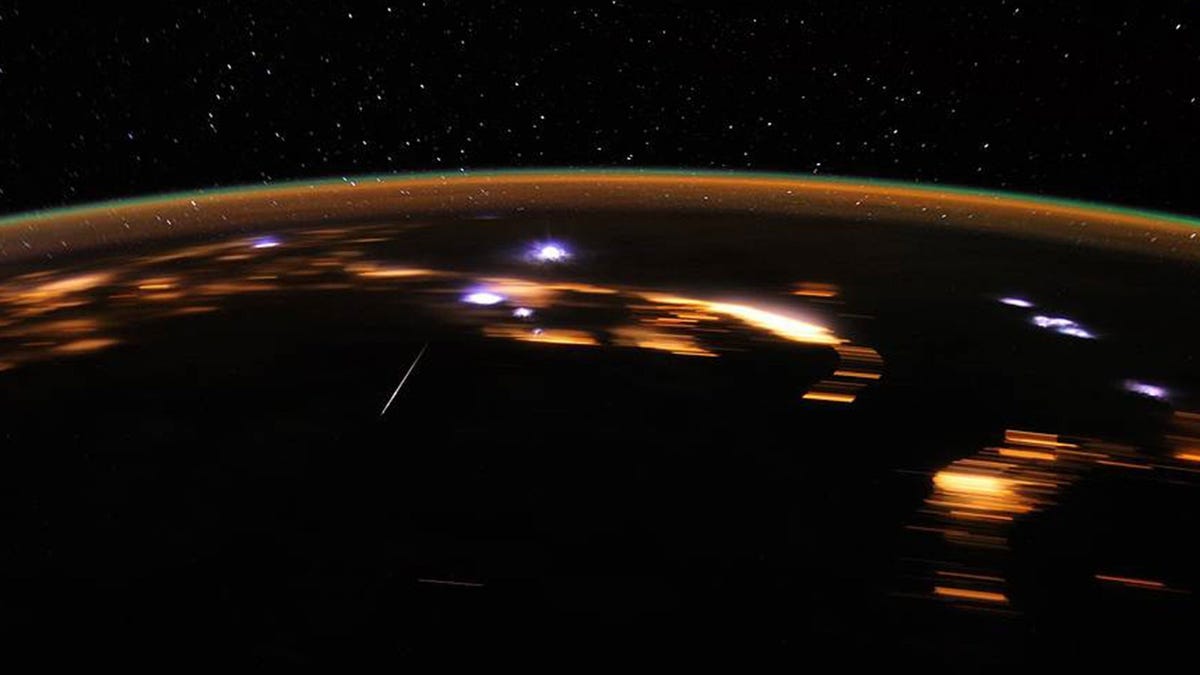Understanding the Lyrids Meteor Shower
The annual Lyrids Meteor Shower, originating from the remnants of Comet Thatcher (C/1861 G1), has commenced its celestial spectacle on April 15th and is expected to continue until April 29th, with its peak activity forecasted for the nights of April 21st to 22nd and 22nd to 23rd. Ancient records dating back over 2,700 years mention the Lyrids, yet significant details about the comet responsible for this celestial event remain veiled in mystery.
Described as a “medium strength shower” by the American Meteor Society, the Lyrids typically generate a respectable number of meteors during their zenith, occasionally manifesting a striking fireball amidst their luminous trails. While the Northern Hemisphere offers the optimal vantage point for observing this phenomenon, stargazers in the Southern Hemisphere can still catch a glimpse of this cosmic display, albeit at a slightly diminished rate.
How to Observe the Lyrids
The Lyrids emanate from the direction of Vega, the brightest star in the constellation Lyra. Observers can pinpoint this radiant source using various skywatching applications or by manually locating the star; however, experts from NASA emphasize the importance of looking away from the radiant. This viewing perspective enhances the visibility and grandeur of the meteors, prolonging their luminous streaks across the night sky. A strategic observation window from midnight to dawn promises an optimal experience, as meteors cascade from the zenith of the Northern Hemisphere sky.
Despite the brightness of the waxing gibbous Moon, posing a perceptible challenge to this year’s Lyrids Meteor Shower, enthusiasts may still anticipate witnessing approximately 10 to 15 meteors per hour during the peak. The radiant meteors, hurtling through the atmosphere at speeds of up to 29 miles per second (47 kilometers per second), can create an enthralling celestial exhibition under the ideal viewing conditions.
Insights into the Parent Comet
Acknowledging the meteor shower’s genesis from Comet Thatcher, ancient records trace the Lyrids back to 687 BCE, solidifying their title as the oldest documented meteor shower. Discovered by astronomer A. E. Thatcher in 1861, Comet Thatcher, designated as a long-period comet due to its orbital characteristics, embarks on a solar orbit of roughly 416 to 422 years. The comet’s last close encounter with the Sun coincided with its discovery year, and astronomers project its next perihelion around the year 2283, reflecting the cyclical and enigmatic trajectory of this celestial wanderer.
For further astronomical revelations, astronomers have recently uncovered the heaviest stellar black hole in the Milky Way, constituting a remarkable advancement in the field of astrophysics.
Image/Photo credit: source url





